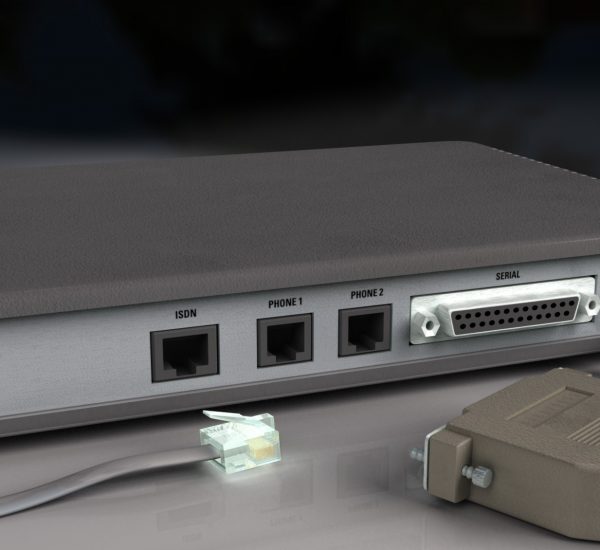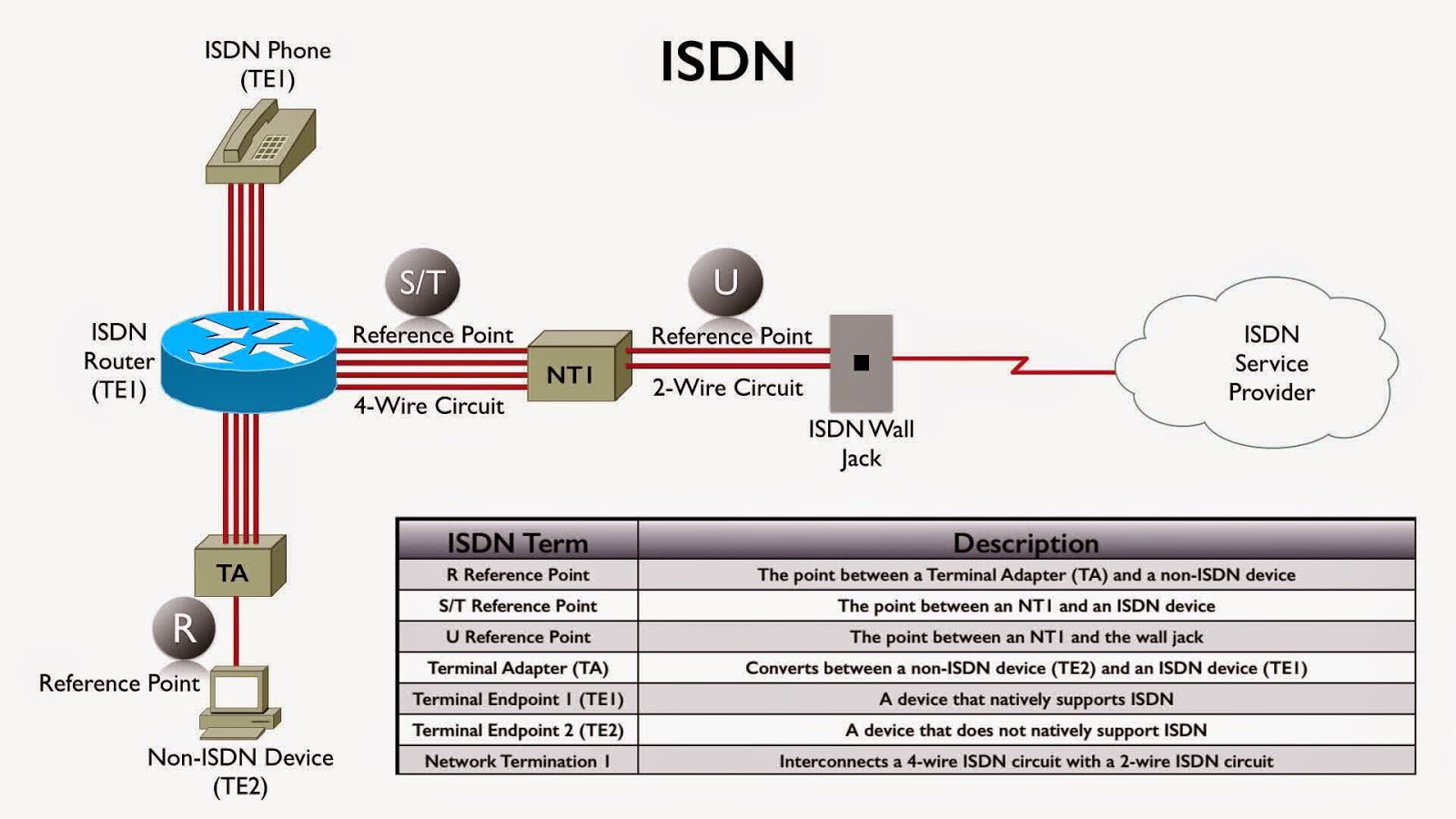
ISDN Specifics
ISDN technology has interested specialists from the moment it appeared. This technology began to spread rapidly in Europe. Users liked it for its high physical and speed performance. They actively use these networks to this day.
Features
ISDN means Integrated Services Digital Network. This technology refers to networks based on the circuit switching method.All data is processed digitally here.The transition of public telephone networks to digital data processing has long been expected.At first, it was assumed that only voice messages would be transmitted.The first integrated networks appeared that processed information and transmitted voice digitally.The idea of creating such a network was first suggested in 1959.Later it was decided that such a network should be used not only for conversations but also for transmitting information using telex, facsimile, videotex, and voicemail.This technology began to be introduced in the 80s, but its development was delayed. And even today, such networks are not of very high quality.
ISDN provides several services, they include:
- Means of non-switched nature (digital channels of a certain type).
- Switched networks.
- Networks for data transmission.
- Networks for packet transmission.
- Transmission networks with broadcast.
- Tools for network operation and control.
The basic ISDN data rate is 64 kbps.This rate provides the simplest voice coding: PCM.
Interfaces
The technology provides users with a standard interface that allows them to request various services.This interface is formed between two types of equipment: indoor equipment and network termination equipment.The user interface is based on three channel options that differ in data transfer rates.Networks offer two user interface options: basic and primary.

Equipment
There is a certain scheme for connecting user equipment.All equipment is divided into several functional groups.There are reference points for connecting different groups to each other.After users create a digital subscriber line on the cable, it is supposed to connect them to the network.After that, a duplex channel with a device installed on the territory of the network operator isformed.
Protocols and Structure
There are two types of channels in the network: D and B.The first channels create the traditional network. The classic X.25 technology was the prototype of this network.This network contains three layers of possible protocols: physicalservices, data link, and network. Type B channels provide digital channel switching. They only have a physical protocol.
Applying Services to Enterprise Networks
This type of network is very different from telephone networks.However, nowadays people mostly use them as analog telephone networks, but faster.Another reason to use them is the ability to connect small local networks or individual computers.However, these networks offer much less extensive opportunities when there is a need to combine computer networks in order to support a packet-switched service.
Such networks are an excellent option for developing backbone networks.This is due to the lack ofa high-speed packet communication service and the low speed of the channels.Such channels are widely used to connect small branches and home and mobile users, as well as to form backup communication channels.Nowadays, manufacturers are actively releasing various products whose purpose is to connect local networks.These include terminal adapters, office routers, and remote bridges. Such equipment has a fairly low cost.


